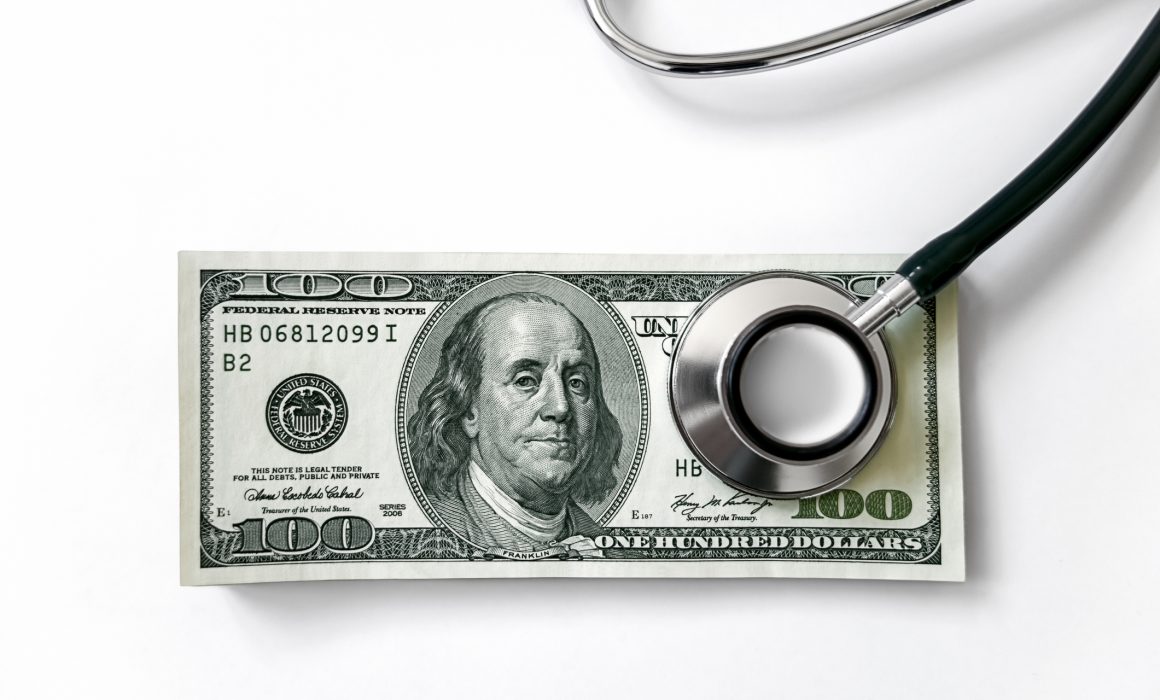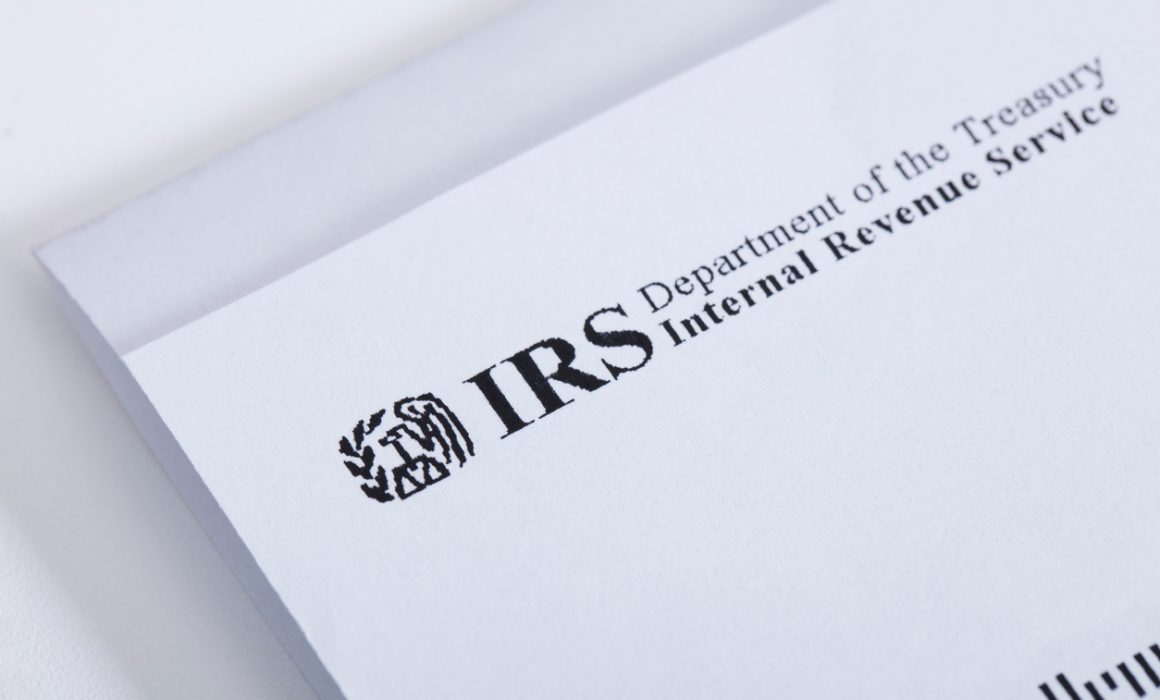Insurance Considerations as Americans Work Past Retirement Age
Americans are eligible to sign up for Medicare when they turn 65, but more of us are staying in the workforce longer than ever before. In fact, the average retirement age has increased three years in the last three decades.
There are a number of issues that Medicare-eligible workers face that your human resources staff may be asked about, such as:
- Penalties for late Medicare enrollment,
- Whether the employer plan is the primary or secondary payer of claims, and
- How Medicare eligibility affects health savings accounts.
The following are considerations for employers faced with workers nearing 65.
Discontinuing group health coverage
If you plan to discontinue coverage for employees who are turning 65, you should communicate with them well ahead of the time they need to sign up for Medicare.
It’s important they understand that they will be dropped from your group health plan and that they have a seven-month window to sign up for Medicare (during the three months prior to the month they turn 65, the month they turn 65, and the three months after turning 65).
If they fail to sign up during this time, they will face a mandatory 10% penalty on all future Medicare Part B premiums for every year they are late in signing up.
Keeping them on the group plan
If you decide to keep them on the company’s plan, how you handle their insurance depends on your size:
Fewer than 20 employees — Employees who work for these firms will need to enroll in Medicare when they turn 65. Medicare will be the primary payer of health insurance claims for these workers under the law.
The group health insurance is the secondary payer.
How it works:
Let’s say your employee has foot surgery:
- Medicare pays first up to the limits of its coverage.
- The group health insurance only pays if there are costs Medicare didn’t cover.
20 or more employees — If your organization has with 20 or more workers, the group plan will be the primary coverage as long as they are actively employed. These employees can generally delay signing up for Medicare Part B. They will also not be subject to penalties for not signing up when they turn 65.
That said, workers who are still on your plan should sign up for Original Medicare Part A (hospital insurance) when they are first eligible. Medicare Part A, which is premium-free, provides secondary coverage of hospital expenses that may not be covered by your group plan.
Once they stop working and are no longer on the company’s health plan, your employees have eight months to sign up for Medicare Part B. They can at that time opt for Original Medicare, Medicare Advantage or a Medicare supplement plan.
If they fail to sign up for Medicare Part B after eight months of losing their employer coverage, they will be subject to a premium penalty for the rest of their lives.
Ideally, workers should enroll in Part B at least a month before they stop working or their coverage ends, so they don’t have a gap in coverage.
Health savings accounts
If your firm has fewer than 20 employees, workers who are 65 or older can no longer contribute to an HSA as they are not compatible with Medicare.
At larger organizations where the employer’s health plan is the primary coverage, employees enrolled in an HSA-compatible, high-deductible health plan can delay enrolling in Medicare and continue contributing funds to their HSA.
Employees who are 65 or older should stop making contributions to their HSA six months before they enroll in Medicare or before they apply for Social Security benefits if they are still working. That’s because people who apply for Social Security benefits are automatically enrolled in Medicare.
Those who fail to stop making HSA contributions in that period may face tax penalties.










